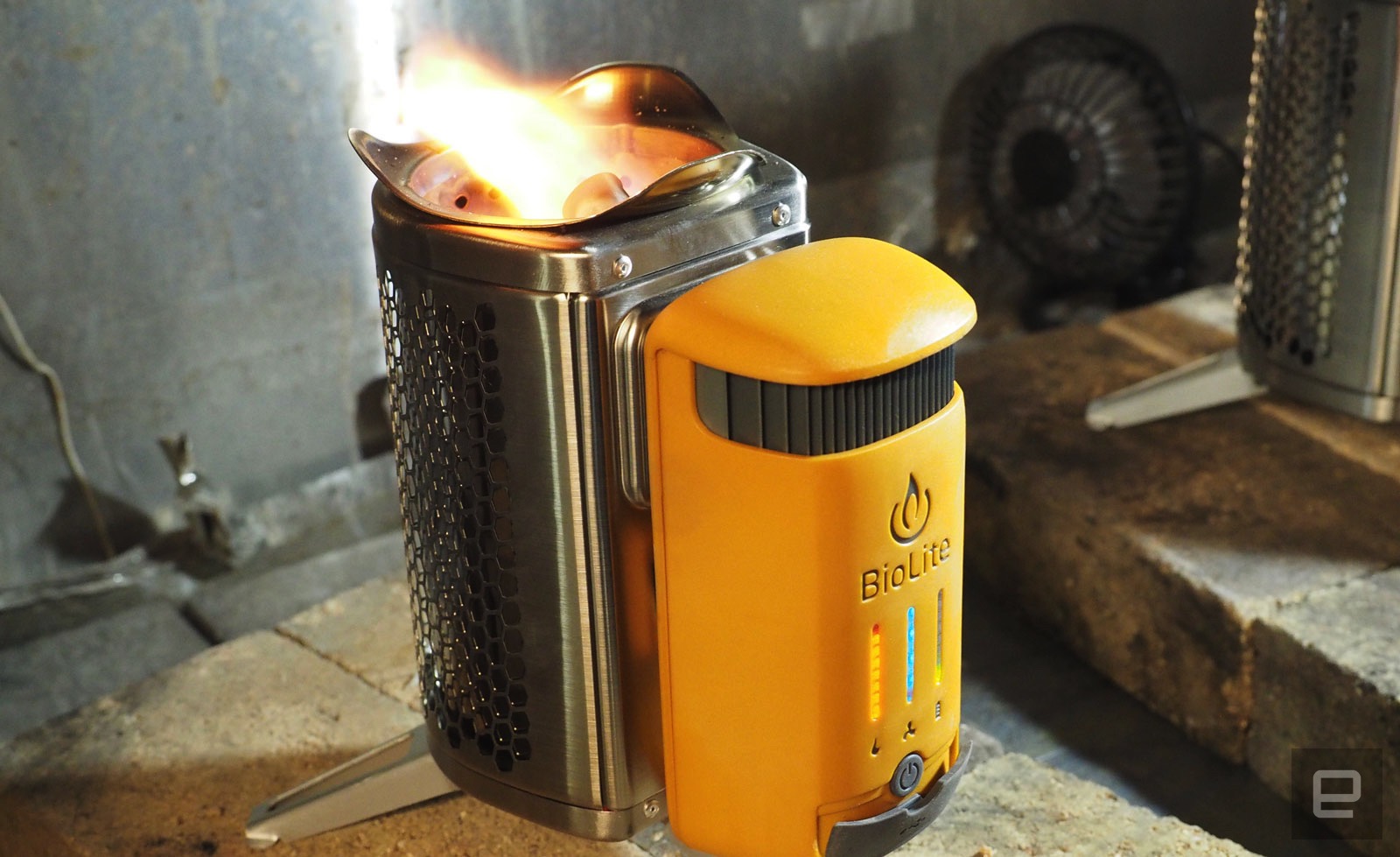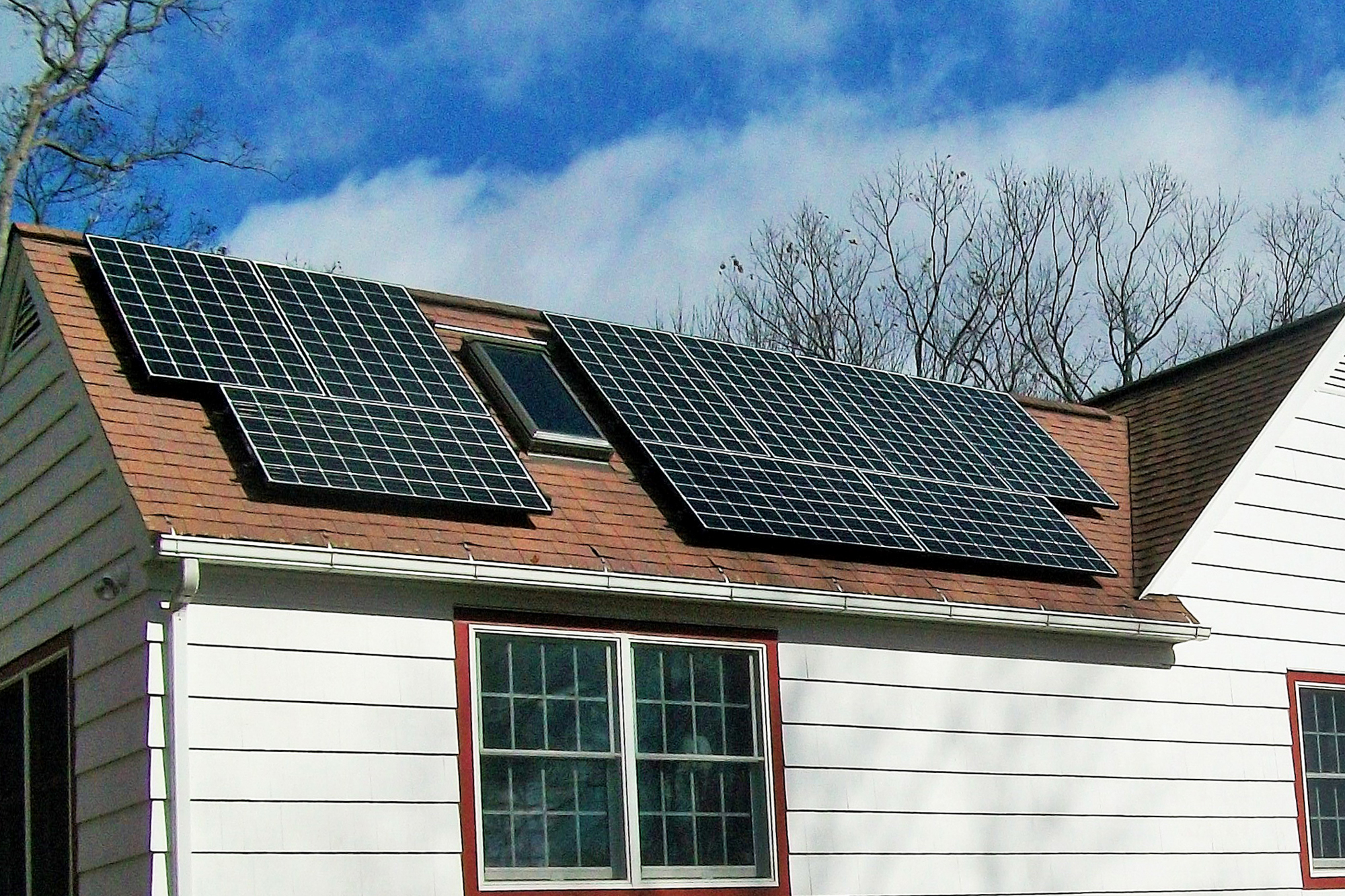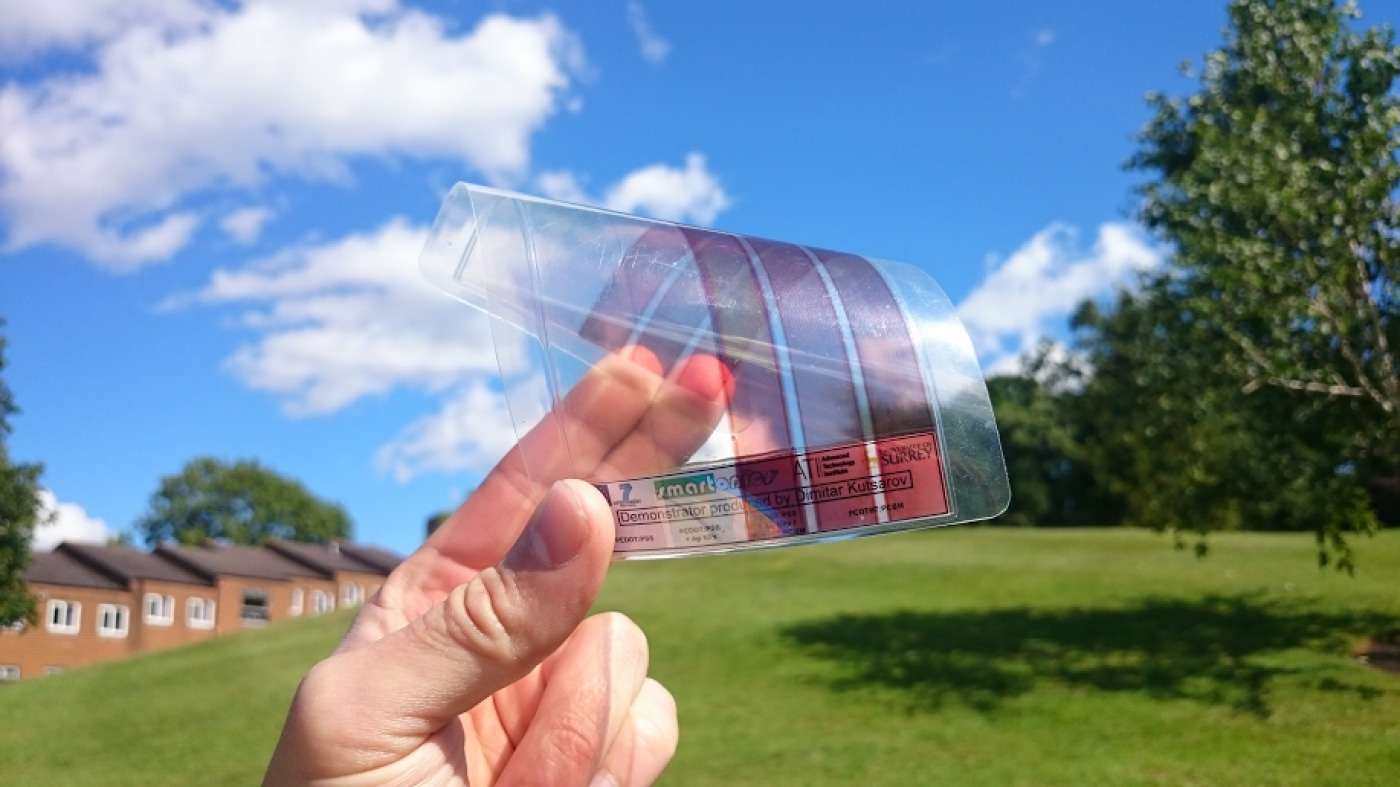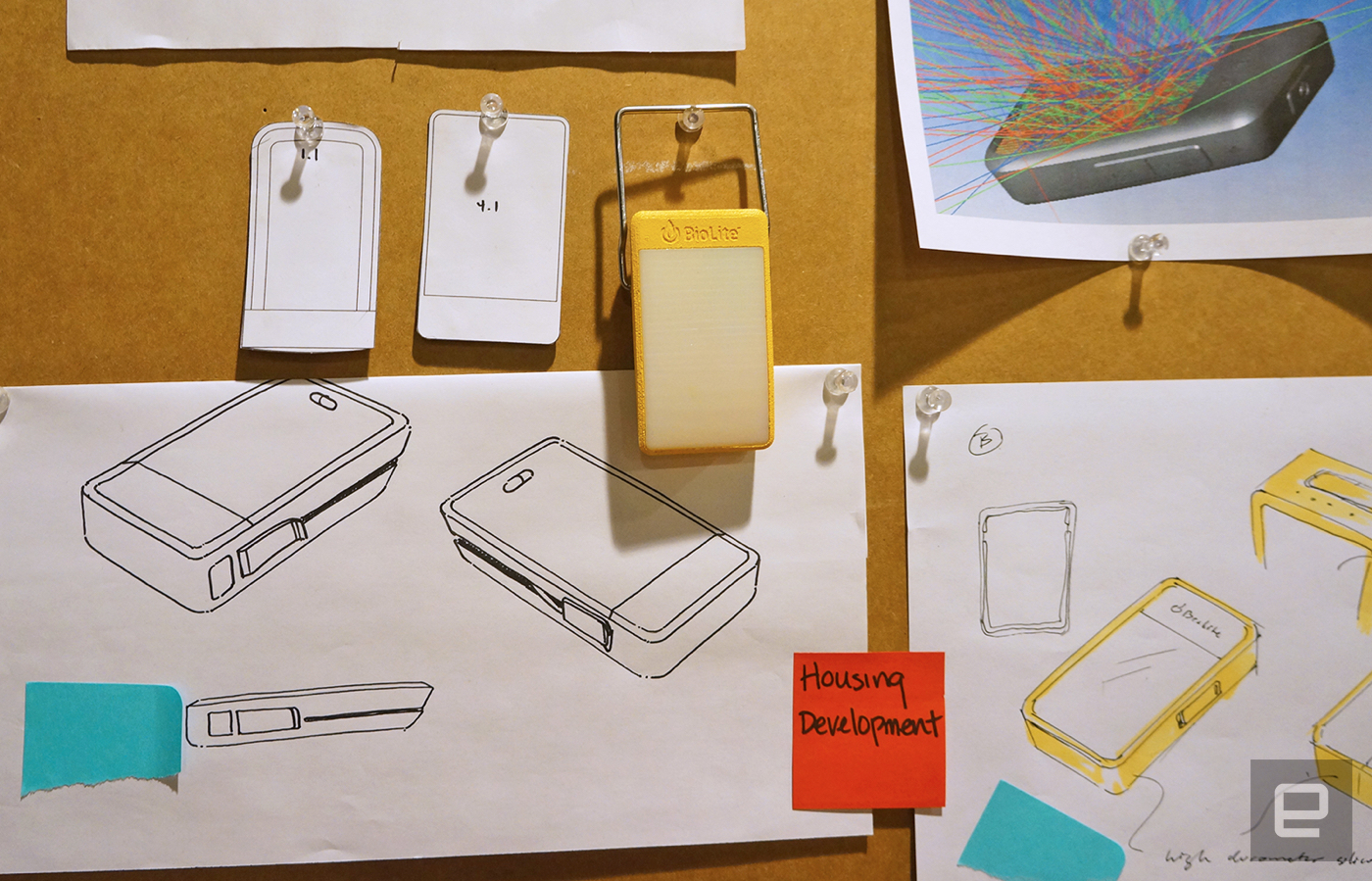Each week our friends at Inhabitat recap the week's most interesting green developments and clean tech news for us -- it's the Week in Green. 
For the past two weeks Inhabitat has been reporting live from the Solar Decathlon Europe in Madrid, where 18 student teams from around the world have been competing for the title of the world's most efficient solar-powered prefab house. As usual, suspense was running high in the final days of the competition, and we're excited to announce that Team Rhône-Alpes' Canopea House has been named this year's winner! The beautiful modular house took top honors in the architecture and sustainability categories, and it features a 10.7 kW photovoltaic array on the roof that produces more than enough energy to power the home.
Some of the other standouts at the Solar Decathlon Europe include Germany's ECOLAR House, which features a flexible, modular design that can expand or shrink to accommodate the needs of its owners. It came as no surprise that the German team was tops in the engineering category, and the team incorporated hemp insulation in the floors, walls and ceiling to prevent thermal loss. Team Andalucia's Patio 2.12 House, which consists of four separate prefabricated modules built around an interior courtyard, scored high marks for energy efficiency and innovation. And although Italy's MED in Italy House might not look like much on the outside, step inside and you'll enter a different world altogether. The highly efficient home features a central courtyard and a rooftop photovoltaic array that generates about 9.33 kWh of energy per year -- roughly double what it needs. Team Rome also added wall layers that can be filled with heavy materials to provide high thermal mass once the home is installed.
Continue reading Inhabitat's Week in Green: ECOLAR house, transparent solar panel and Star Wars terrariums
Filed under: Misc, Transportation, Science
Inhabitat's Week in Green: ECOLAR house, transparent solar panel and Star Wars terrariums originally appeared on Engadget on Sun, 30 Sep 2012 10:30:00 EDT. Please see our terms for use of feeds.
Permalink | |
Email this |
Comments
 BioLite released most of its 2017 product line today, spearheaded by the new and improved CampStove 2. All the products share common design features, centered around either battery improvements, expanded lighting possibilities, or both. Along with th...
BioLite released most of its 2017 product line today, spearheaded by the new and improved CampStove 2. All the products share common design features, centered around either battery improvements, expanded lighting possibilities, or both. Along with th...
 BioLite released most of its 2017 product line today, spearheaded by the new and improved CampStove 2. All the products share common design features, centered around either battery improvements, expanded lighting possibilities, or both. Along with th...
BioLite released most of its 2017 product line today, spearheaded by the new and improved CampStove 2. All the products share common design features, centered around either battery improvements, expanded lighting possibilities, or both. Along with th...
 By Mark Smirniotis
This post was done in partnership with The Sweethome, a buyer's guide to the best things for your home. Read the full article here.
With solar power, there's no one-size-fits-all solution. If buying a home is the largest financia...
By Mark Smirniotis
This post was done in partnership with The Sweethome, a buyer's guide to the best things for your home. Read the full article here.
With solar power, there's no one-size-fits-all solution. If buying a home is the largest financia...
 NASA is going to need solar power if it wants to keep its future deep space missions running, and that means getting someone to build that light-gathering technology. Fortunately, the agency has some partners lined up. It just picked four solar pow...
NASA is going to need solar power if it wants to keep its future deep space missions running, and that means getting someone to build that light-gathering technology. Fortunately, the agency has some partners lined up. It just picked four solar pow...
 As a rule, most solar cells need to catch direct sunlight. Even those that work indoors can only do so much to generate power from artificial light sources. However, British researchers have found a clever (and decidedly) unusual way to harvest ene...
As a rule, most solar cells need to catch direct sunlight. Even those that work indoors can only do so much to generate power from artificial light sources. However, British researchers have found a clever (and decidedly) unusual way to harvest ene...
 The smell of burning wood from pot belly stoves and fireplaces is noticeable in some Brooklyn neighborhoods during the winter, but down underneath the Manhattan Bridge overpass at BioLite headquarters it's business as usual. The company's been hard a...
The smell of burning wood from pot belly stoves and fireplaces is noticeable in some Brooklyn neighborhoods during the winter, but down underneath the Manhattan Bridge overpass at BioLite headquarters it's business as usual. The company's been hard a...
 While LG's consumer electronics business has been pumping out high-res TVs and other gadgets, its solar panel division has apparently been making plans for its expansion, as well. The company has revealed that it's spending $435 million to add more s...
While LG's consumer electronics business has been pumping out high-res TVs and other gadgets, its solar panel division has apparently been making plans for its expansion, as well. The company has revealed that it's spending $435 million to add more s...
 A team of researchers from Stanford University have devised an ingenious means of boosting the efficiency of solar panels by exploiting a fundamental physics phenomenon. Solar panels lose efficiency as they heat up. Just as the top of your head rad...
A team of researchers from Stanford University have devised an ingenious means of boosting the efficiency of solar panels by exploiting a fundamental physics phenomenon. Solar panels lose efficiency as they heat up. Just as the top of your head rad...


